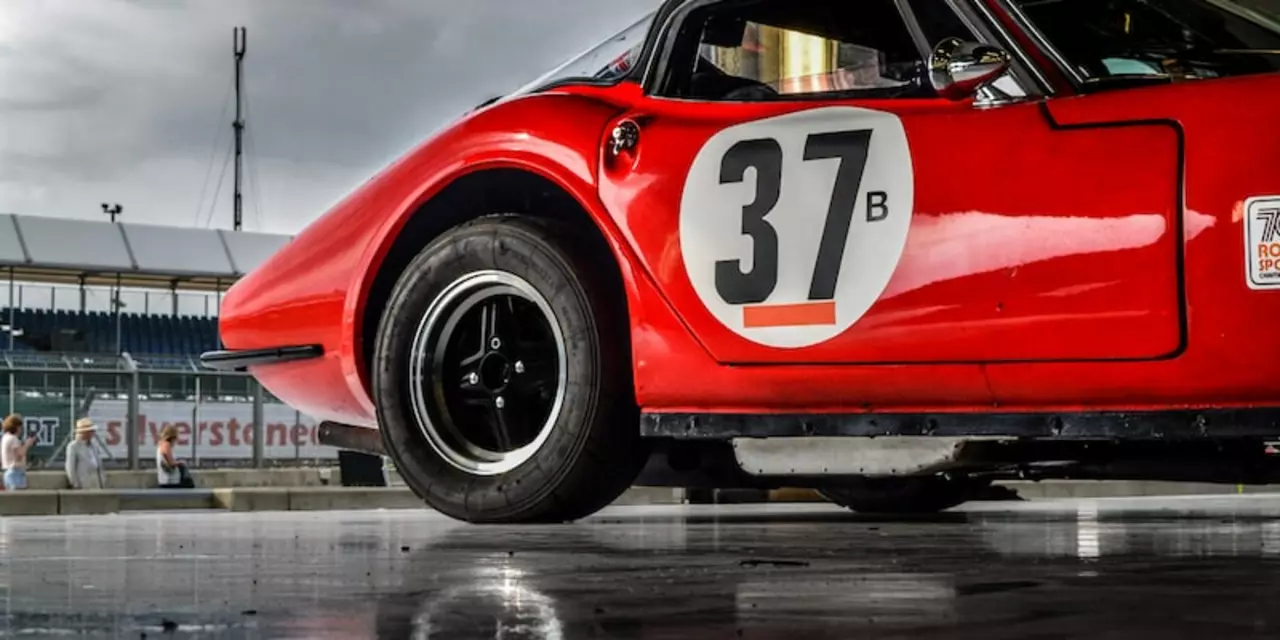Performance – What Drives Speed and Success in Motorsports
When you click on the Performance tag you’re looking for the stuff that makes cars, bikes and teams go faster. Below you’ll find quick takes on why Audi crushes Le Mans, how an unrestricted race could look, and what makes MotoGP risky compared to F1. It’s all practical, no fluff.
Why Some Teams Own the Track
Audi’s Le Mans streak isn’t magic. It’s a mix of hybrid power, aerodynamics that cut drag, and a tire strategy that lets them stay out longer. The result? Faster lap times with fewer pit stops. If you’re building a race car, think about how each system can shave seconds off a lap – that’s the real performance edge.
Crazy Ideas That Test the Limits
Imagine a race where any vehicle can join – a supercar beside a modified truck, an electric racer and a driverless car all on the same circuit. The variety would create wild overtakes and new tactics. Safety would be a big question, but the spectacle would push engineers to think outside the usual class rules.
Street racing fans love the rush, but the performance talk here stays legal. It’s about how power, grip and weight balance to give you the quickest quarter‑mile. Real‑world data shows that shaving 0.1 seconds off a 0‑60 run often means re‑working the intake, exhaust, or even the software that controls torque.
In MotoGP the danger level is high because riders are exposed. Unlike a Formula 1 car with a carbon‑fiber shell, a bike rider relies on gear and reflexes. That’s why the performance stakes feel higher – every millisecond counts, and a small mistake can be catastrophic.
Fans also ask why NASCAR never races at Barber Motorsports Park. The track is built for bikes and sports cars, which need tighter corners and more elevation change. Stock cars need wide, banked turns to stay safe at high speed. So the performance demands of each series dictate where they can race.
Safety improvements have turned racing into a less deadly sport over the years. Modern fuel cells, stronger chassis and sophisticated crash data systems mean drivers walk away from crashes that would have been fatal decades ago. That progress is a big part of performance – you can push the limits when you know you’re protected.
MultiVersus may sound like a video game, but its performance updates teach us about balancing characters, latency and cross‑play. A smooth experience requires server optimization and low‑lag networking – the same kind of fine‑tuning engineers use in real‑world telemetry.
Looking at the Packers vs. Commanders livestream shows how performance isn’t just about the athletes. Streaming platforms need fast encoding, reliable CDN paths and minimal buffering to keep viewers in the action. If the tech falters, the whole experience drops.
So whether you’re a gearhead, a gamer or a fan of live sports, the Performance tag gathers the stories that explain how speed is achieved, measured and improved. Dive into each article for the details that turn raw power into winning results.

Racing shoes are designed to be lightweight, breathable, and provide support and cushioning for running. While they may not be essential for the average runner, they can provide advantages for competitive athletes. Studies have found that racing shoes can improve running economy, reduce fatigue, and increase the speed of the runner over a given distance. Furthermore, using racing shoes can increase performance even in non-competitive races. Although they may be expensive and not suited for everyday running, racing shoes can be useful for competitive runners looking to gain an edge.
Maverick Kincaid Feb 16, 2023



